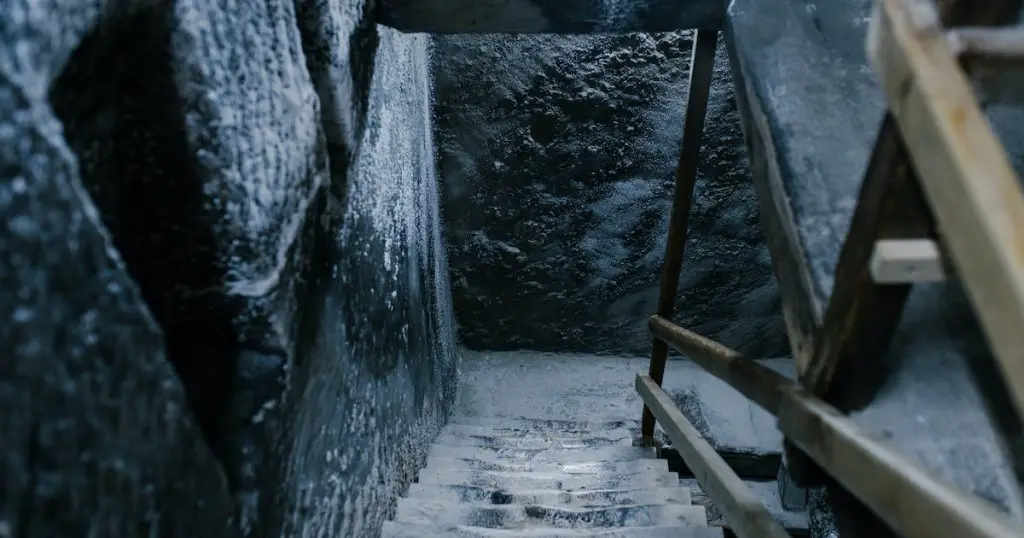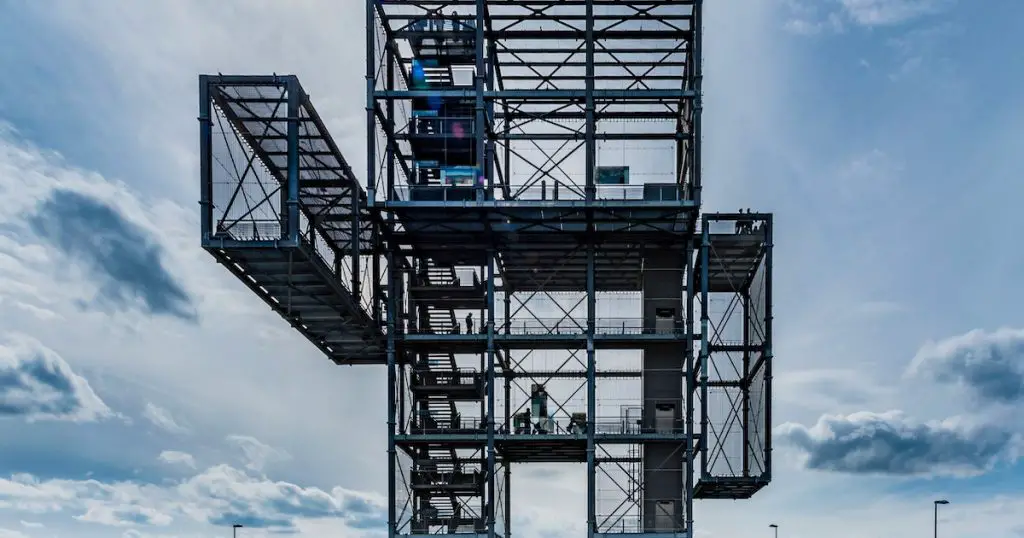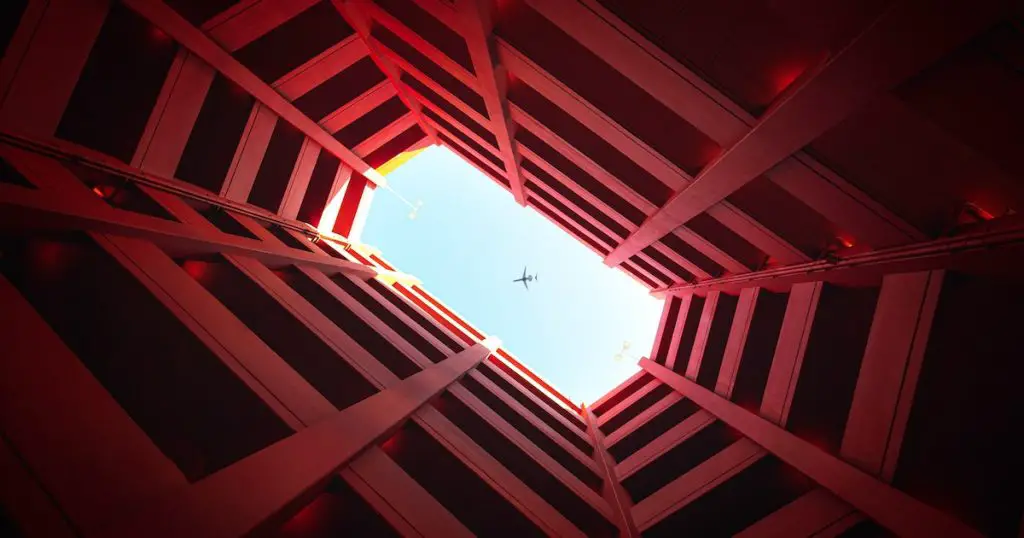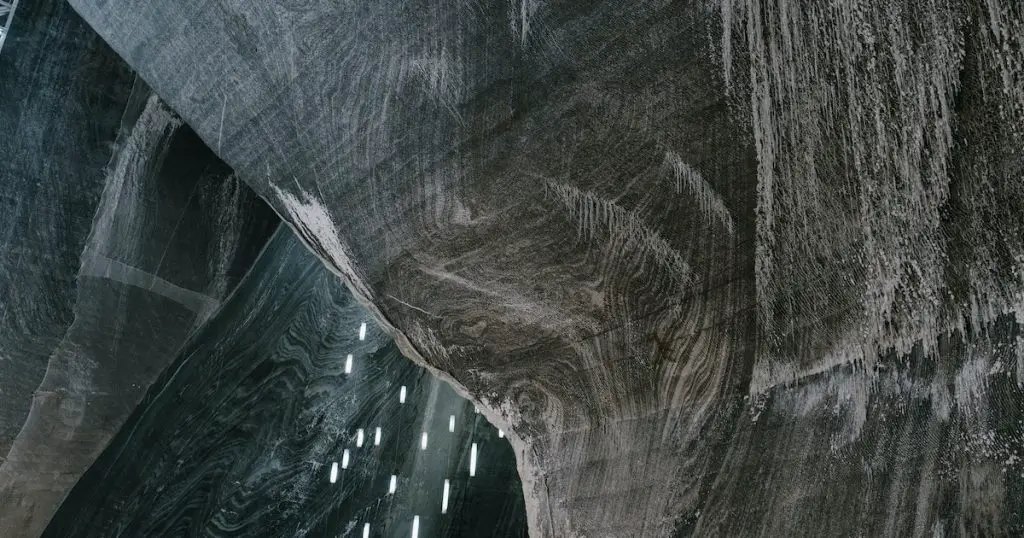Prescott, a quaint city with a rich history in Arizona, is an architectural treasure trove. But behind its captivating facades lies a robust legacy of mining, intricately woven into its buildings and streets. This article delves into the profound impact of mining on Prescott’s architectural fabric.

The streets, houses, and public spaces of Prescott echo the stories of miners, metals, and the city’s Gilded Age. Through this exploration, we’ll discover how Mining’s role in shaping Prescott’s architecture isn’t just foundational but also transformational.
Historical Overview of Mining in Prescott
Prescott’s tryst with mining is as old as the city itself. It was during the mid-19th century when hopeful prospectors arrived, armed with picks and dreams. These pioneers charted a course that led to Prescott’s emergence as a notable mining hub.
But mining wasn’t just about extracting valuable minerals. It shaped communities and identities. As the mining operations grew, so did the settlements around them. These communities, initially transient in nature, slowly began to put down roots. Buildings constructed during this era not only served practical purposes but also stood as testaments to the hopes and aspirations of the people.
Mining Materials and Their Influence
Prescott’s architectural identity is deeply intertwined with the materials unearthed from its mines. The city’s robust granite structures not only showcase durability but also narrate tales of local quarries. Beyond granite, metals like iron and copper found their way into decorative elements, adding finesse to building aesthetics.
Additionally, limestone provided a refined touch to specific constructions. This amalgamation of mining materials in Prescott’s buildings created an architectural mosaic, reflecting the city’s geological wealth and the ingenuity of its builders.
Granite extraction and usage
Granite, with its durability and aesthetic appeal, was a natural choice for builders in Prescott. Numerous structures, from courthouses to residences, are crafted from local granite. For instance, the iconic Prescott Courthouse stands as a shining example of granite’s architectural dominance in the region.
Not just for monumental structures, granite was equally favored in residential constructions. Its cool, neutral hue brought a touch of elegance, making it a favored material for home builders during Prescott’s mining heydays.
Other significant materials influenced by mining
While granite was the most prevalent, it wasn’t the only material mined and used in construction. Metals, notably iron and copper, were occasionally incorporated into buildings for decorative or structural purposes.
Limestone, another mineral abundant in the region, also found its way into Prescott’s architecture. It was primarily used in structures that required a more refined finish, or where granite’s weight and ruggedness might have been a disadvantage.
Economic Impacts of Mining and Architectural Evolution
The economic boom from mining dramatically influenced Prescott’s architectural progression. As wealth flowed into the city, it manifested in grand public structures, ornate theaters, and sprawling mansions, each a testament to the mining-fueled affluence.

Simultaneously, the influx of miners and their families created a surge in housing demands, leading to varied residential designs. This economic prosperity, coupled with architectural innovation, reshaped Prescott’s skyline, mirroring its journey from a humble mining town to a beacon of architectural grandeur.
Mining wealth and the growth of grand buildings
The surge in mining prosperity saw an upswing in grandiose public structures. Buildings like theaters, banks, and offices were ornately designed, becoming symbols of the town’s affluence. The Elks Opera House, for instance, showcased the opulence of the period, standing as a testament to the wealth mining brought.
Parallelly, residential areas witnessed the rise of sprawling mansions. These weren’t just homes; they were statements. Laden with intricate details and crafted from the finest materials, they spoke volumes about the homeowner’s status and success in the mining industry.
Employment in mining and housing demand
With booming mining activities, Prescott saw a surge in its population. Miners, merchants, and families flocked to the town, leading to an increased demand for housing.
The architectural response to this demand was twofold: creating affordable housing for miners and building infrastructure that supported a growing urban population. The resultant urban landscape was a blend of functionality and aesthetics, shaped by economic imperatives.
Architectural Styles Inspired by Mining
Mining’s affluence in Prescott birthed distinctive architectural trends. The prosperous Victorian style, characterized by its ornate details, flourished, symbolizing the city’s golden era. Parallelly, the rustic frontier designs emerged, echoing the raw spirit of the early miners.
These styles, though seemingly contrasting, coexisted harmoniously, painting a vivid picture of a city sculpted by its mining roots. In every archway and turret, one can glimpse the interplay between luxury and practicality, all driven by the mining narrative.
Victorian style and its popularity
The Victorian style, with its ornate details and intricate patterns, was symbolic of the prosperity that mining brought.
Prescott’s streets were lined with Victorian homes, each trying to outdo the other in terms of grandeur and detail. The Hassayampa Inn, a prime example, stands as a beacon of the Victorian architectural prowess that the mining boom facilitated.
Rustic and Frontier architecture
While Victorian buildings showcased opulence, rustic designs were a nod to Prescott’s rugged past. Simple, functional, and often using raw materials, these structures served the needs of miners and their families.
They might not have had the grandeur of Victorian homes, but they had a charm uniquely their own.
Socio-Cultural Impacts of Mining on Architecture
Mining in Prescott brought together a mosaic of cultures, deeply influencing its architectural canvas. Miners from diverse backgrounds converged in the city, introducing a blend of architectural styles and nuances.
This confluence created a unique tapestry, where buildings reflected not just design preferences but cultural stories and histories. Symbols, motifs, and architectural elements borrowed from mining folklore adorned structures, embedding Prescott’s social fabric into its very walls, creating a rich and multifaceted architectural legacy.

The cultural melting pot and eclectic designs
As miners from different parts of the world descended upon Prescott, they brought along varied architectural tastes.
This led to a beautiful amalgamation of styles, making Prescott’s architectural landscape eclectic and diverse. This cosmopolitan flair can be witnessed in places like Whiskey Row, where varying designs coexist harmoniously.
Mining folklore and its reflection in architecture
Prescott’s architecture is replete with symbols and motifs that draw from mining folklore.
Structures often carried names inspired by mining legends, and facades would sometimes feature motifs reminiscent of the mining life.
Challenges and Criticisms
While mining has undeniably shaped Prescott’s architectural heritage, it hasn’t been without its challenges. The environmental impact of mining activities raised concerns, leading to debates on sustainable construction.
Moreover, the balance between preserving mining-era buildings and ushering in modernity remains a point of contention. The city, at times, finds itself at a crossroads, torn between honoring its storied past and adapting to contemporary needs.
Environmental concerns and their architectural responses
Mining, by its very nature, is intrusive to the environment. As awareness about environmental conservation grew, architects began to design structures that were more in sync with nature.
Adaptive reuse of mining structures became popular, with old mining sites being converted into public spaces or residential areas.
Preservation vs. modernization debates
The tug of war between preserving mining-era buildings and making way for modern structures is a constant debate in Prescott.
While some believe in retaining the city’s architectural legacy, others argue for the need to adapt to contemporary demands.
Modern-day Prescott and Mining’s Legacy
Today, while mining isn’t the economic behemoth it once was, its impact on Prescott’s architecture remains profound. Many of the city’s historic mining structures have been repurposed, ensuring that the legacy lives on.

Contemporary designs often feature motifs or elements that nod to the mining past, ensuring that the connection remains intact for future generations.
Frequently Asked Questions:
In this section, we will be delving into some of the most common inquiries and curiosities that surround our topic.
What are the most iconic mining-era buildings still standing in Prescott?
Among the many, the Prescott Courthouse and the Elks Opera House stand out prominently.
How did mining affect Prescott’s urban planning?
Mining led to a population surge, which in turn affected urban planning. This resulted in a blend of functional and aesthetic architecture.
Yes, events like the Prescott Gold Panning Championships keep the mining heritage alive and are a testament to the city’s rich mining history.
Conclusion
Prescott’s architecture stands as a testament to its rich mining heritage, seamlessly blending past glory with modern dynamism. Mining, more than just an industry, sculpted the city’s very identity. From grand edifices to quaint homes, every stone in Prescott echoes tales of its golden age.
As we navigate the streets of this historic city, we’re not just witnessing structures; we’re reliving stories of ambition, prosperity, and the transformative power of mining.



Leave a Comment
You must be logged in to post a comment.